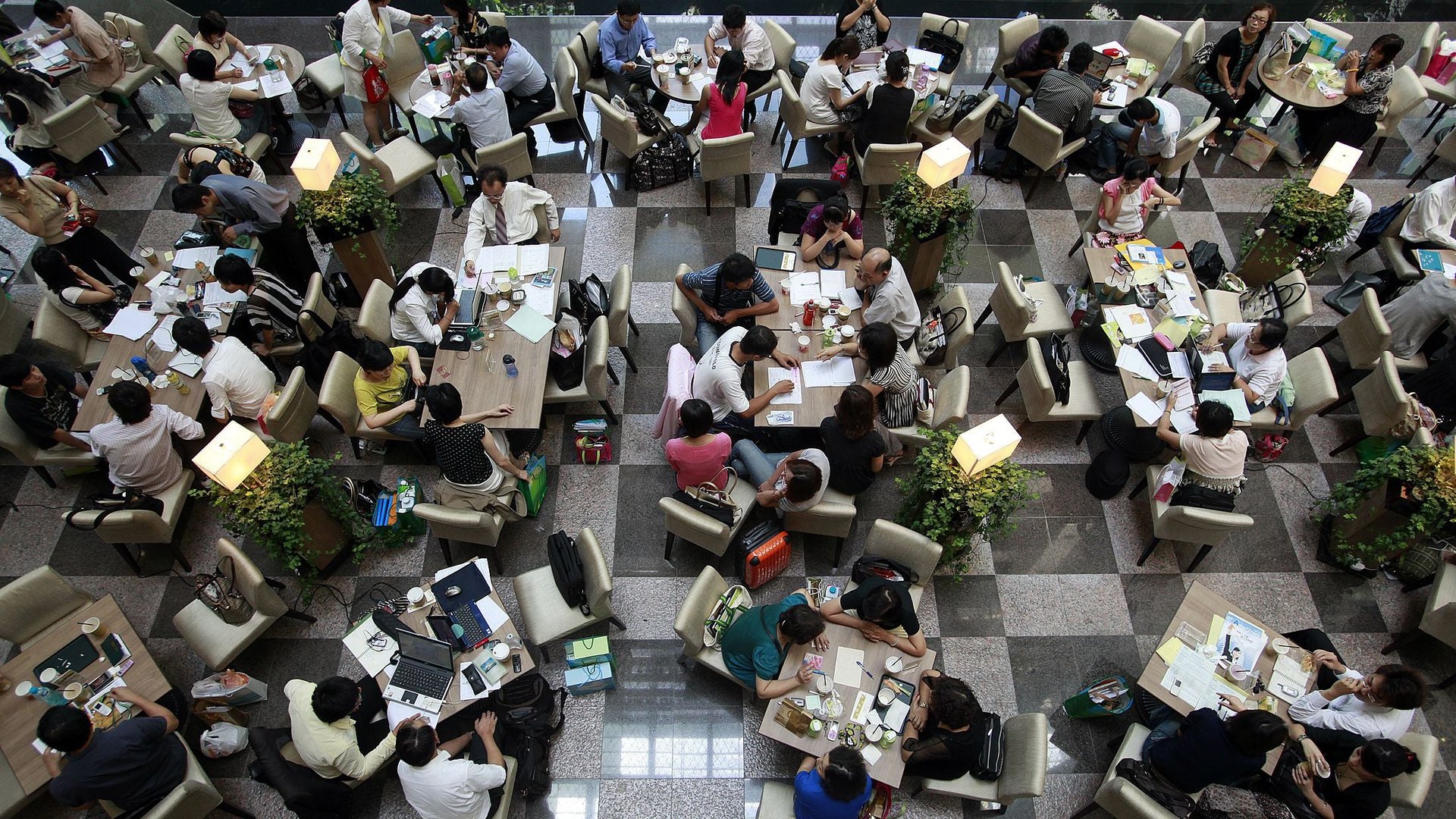The happiest worker spends about one day a week in the office
Want to feel engaged at work? Try spending most of your time at home.


Want to feel engaged at work? Try spending most of your time at home.
According to a new Gallup poll of 9,917 employed US adults, there is little difference in engagement between employees who work from home full-time and those that come into the office full-time. Workers who spent some time working remotely, however, were slightly more likely to report a high rate of engagement. They were also more likely than full-remote or full-office workers to say they had a best friend at work, and that their job included opportunities to learn and grow.
Although fully remote workers were more likely to report that they had all of the equipment needed to do their job, that their opinions “count” at work, and that they have the opportunity to do what they do best every day, employees who split their time between remote and office work were more likely to report that their development and relationship needs were being met. Compared with workers who spent one or two days a week in the office, fully remote workers were:
- 16% less likely to strongly agree that their manager involves them in setting goals at work
- 28% less likely to strongly agree that they continually work with their manager to clarify work priorities
- 35% less likely to strongly agree that their coworkers provide them with meaningful feedback
- 29% less likely to strongly agree that they have reviewed their greatest successes with their manager in the past six months
- 30% less likely to strongly agree that they have talked with their manager about steps to take to reach their goals in the last six months
The percentage of US employees who work remotely at least part of the time, according to Gallup, has increased to 43%, from 39% in 2009.
“Managers have to become more deliberate about when and how they communicate with remote employees,” the report concluded. “They do not need to have 30-minute ‘check-in’ conversations with these employees every day, but they should make an effort to connect with them consistently, whether through phone calls, email, instant or text messaging, or video conferencing.”